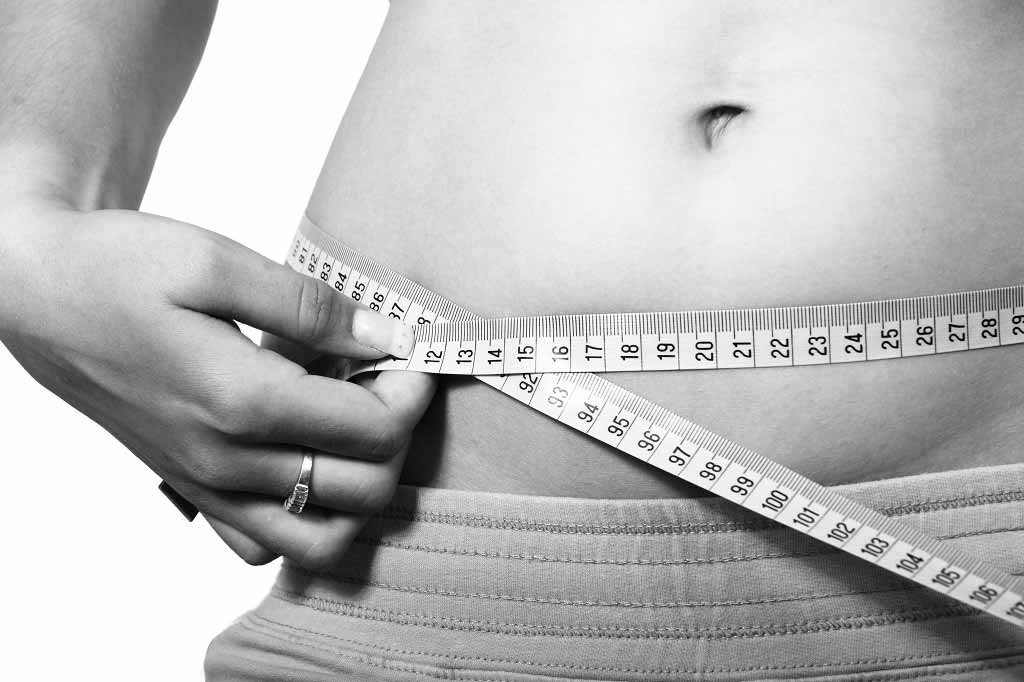Do snorers burn more calories?
Obesity
“Snorers burn more calories - even when awake,” The Daily Telegraph reported. It said that a study has found that the more severe a person’s snoring is, the more
“Snorers burn more calories - even when awake,” The Daily Telegraph reported. It said that a study has found that the more severe a person’s snoring is, the more calories they burn while resting, even when awake. The study was in people who snored or had related problems such as sleep apnoea. It found that the worst snorers used up about 2,000 calories a day while resting, compared to the 1,626 calories burned by those who snored lightly and less often.
Contrary to the newspaper reports, this study did not measure snoring, but instead looked at sleep-disordered breathing (SDB), a condition that often manifests itself as snoring. As such, this study cannot be taken as evidence that snoring affects how many calories the body burns. In addition, although the difference in calorie intake quoted in the newspapers may look impressive, this was greatly reduced once people’s body mass index (BMI) was taken into account. Snoring and SDB are often associated with being overweight, which increases the risk of cardiovascular disease.
Where did the story come from?
Dr Eric J Kezirian and colleagues from the University of California and other universities and medical institutions in the US and Turkey carried out this research. The work was funded by the National Center for Research Resources and the Sleep Education and Research Foundation. The study was published in the peer-reviewed medical journal Archives of Otolaryngology - Head and Neck Surgery .
What kind of scientific study was this?
This cross-sectional study looked at the association between sleep disordered breathing (SDB) and resting energy expenditure (the amount of kilocalories burned at rest). Obesity increases the risk for SDB and although there have been attempts to improve SDB by treating obesity, these have had mixed results. In this study, the researchers wanted to test if SDB might increase weight gain by affecting resting energy expenditure.
The researchers enrolled 212 healthy adults recently diagnosed with SDB or who had attended the medical centre with signs or symptoms of SDB. Pregnant women were not eligible to take part in the study, nor were people with significant lung or heart disease, an unstable psychiatric disorder or a history of drug or alcohol abuse.
All participants gave a medical history and had a physical examination, including having their weight and height measured. The participants’ sleepiness during the day was assessed using a standard scale, and they rated their overall health.
Before their resting calorie consumption was measured, the participants were asked not to engage in strenuous activity, avoid caffeine and fast for at least six hours. They were then asked to breathe into an indirect calorimeter, a device that estimates how many calories are being used.
The participants spent the night in a sleep laboratory and were monitored while they slept. The monitoring included measuring brain activity with an EEG, heart rhythm with an ECG, pulse and airflow through the nose. Some patients also had oesophageal pressure monitoring. The researchers then recorded the number of times per hour the participants had a complete or almost complete stoppage of airflow (apnoea), or a reduction of 30% or more in airflow (hypopnea) associated with reduction in oxygen in the blood by at least 4%. They also looked at when participants moved from a deeper to a lighter sleep.
This number is called the apnoea-hypopnea index (AHI) score, and a higher score indicates greater severity of sleep problems. A score of five or less on the AHI score is considered normal, a score of 6 to 15 indicates low severity, 16 to 30 medium severity, and over 30 high severity.
The researchers also took other measures of SDB severity, such as number of apnoeas and hypopneas separately, lowest level of oxygen saturation during sleep, pressure in the oesophagus and proportion of rapid eye movement sleep. They then looked at whether there was an association between resting energy expenditure and severity of SDB. Factors that might affect results were adjusted for (taken into account) including age, gender, body mass index (BMI) and self-reported health.
What were the results of the study?
Most of the study participants were male (71%) and the average age was about 42 years old. The average BMI was 28.3kg/m2, which falls into the “overweight” range. Just under a quarter of participants (24.5%) had normal AHI scores, 28.8% had low severity scores, 17.5% had medium severity scores, and 29.2% had high severity scores.
The average number of kilocalories burnt at rest per day was 1,763. Higher resting energy expenditures (REE) were associated with greater severity of SDB as measured by the AHI and other measures. The association between REE and AHI (but not most other measures of SDB severity) remained significant after adjusting for potential confounding factors. After adjustment, every increase of 10 units on the AHI was associated with burning about 27 kilocalories more per day at rest. Of the confounding factors, adjusting for BMI reduced the strength of the associations the most, suggesting that it was a strong confounder.
What interpretations did the researchers draw from these results?
The researchers concluded that: “sleep-disordered breathing severity is associated with [resting energy expenditure]”. They suggest that the associations are “largely confounded by body weight” but “there is an independent association with the apnea-hypopnea index”.
What does the NHS Knowledge Service make of this study?
This study indicates an association between sleep-disordered breathing severity and resting energy expenditure. However, there are some points to consider:
- The authors note that they did not measure body composition or lean body mass, which are associated with REE. Therefore, these confounders may be affecting the results, and adjusting for them may have removed the associations seen. The authors felt that this would be unlikely, as the results had remained significant after adjusting for body weight in different ways (either using weight itself or BMI). However, other unknown or unmeasured confounders may also be having an effect, and considering the relatively small difference in kilocalorie expenditure per 10 unit increase in AHI (27 kilocalories a day), it seems possible that further adjustments could potentially remove this association.
- Because SDB severity and REE were measured at roughly the same time, it is not possible to say whether the SDB is causing the changes in REE, or vice versa.
- The study was only carried out in people with SDB, so no comparisons of energy expenditure could be made with people without the condition.
Contrary to the reports in the newspapers, this study did not measure snoring. Snoring is a common sign of SDB, but without specific measurement of the severity of snoring (or loudness of snoring), this study cannot be taken as evidence that snoring affects energy expenditure.
Snoring and SDB are often associated with being overweight, which increases the risk of cardiovascular disease. Maintaining a healthy weight through diet and exercise are the best ways to avoid these problems.
Sir Muir Gray adds...
Little consolation for the spouse.






 Subscribe
Subscribe Ask the doctor
Ask the doctor Rate this article
Rate this article Find products
Find products





